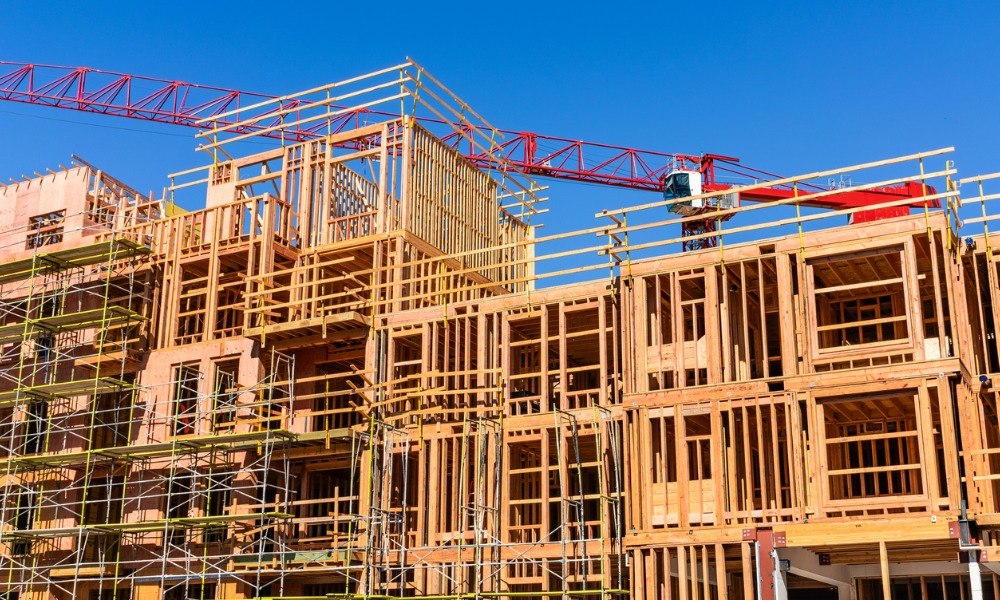Skyrocketing labour and material costs slow pipeline of desperately needed new housing supply

Rising costs will continue to stifle home building volumes, further slowing the pipeline of new housing supply Australia desperately needs.
Construction companies are already the worst payers, with higher arrears than other sectors of the economy, according to a new report from CreditorWatch. Increasing labour shortages will push up their costs even more and cut an already shrinking pipeline of new homes, the report said.
Up to 11.7% of construction companies had payments more than 60 days in arrears, well above the average of 8.5%, according to The Australian Financial Review. And while default risks are low, builders face higher wage costs at all stages of construction, CreditorWatch said.
Labour accounts for around 40% of cost in commercial construction, and enterprise bargaining agreements that require 5% annual pay increases will push project costs up 2% to 2.5%, AFR reported.
While detached home builders, who were responsible for 63% of all new housing starts in the 12 months to June, are not bound by EBA wage requirements of commercial construction, rising wages in the residential sector would still make housing too expensive for many buyers, Barry Laycock, director of quantity surveying firm Slattery, told AFR.
“You’re really at the mercy of the availability of that labour,” Laycock said. “It’s a sheer supply and demand issue and at some point the cost of labour could well be unpalatable to some – particularly first homeowners and those looking to upgrade their homes – to pay for that kind of labour content.”
The pipeline of new homes in Australia is already dwindling, with material and labour shortages pushing new housing construction to its lowest level in more than 18 months. New housing starts fell to 30,926 in the June quarter, according to recent figures from the Australian Bureau of Statistics.
Read next: Home sales stalled by rising rates
The fall was steeper for apartments, townhouses and semi-detached dwellings, which slid 6% from the March quarter to a seasonally adjusted level of 16,966, leaving total housing starts down 2.7% in the June quarter, AFR reported.
Higher building costs will combine with rising interest rates to pump up the size of loans that buyers need in order to build a new home, pushing many off the property ladder, according to CreditorWatch economist Anneke Thompson.
“For new contracts, higher prices and higher interest rates mean homeowners need to take out larger loans to cover the cost and finance of new houses,” Thompson told AFR. “This should result in much lower housing construction starts as we move into 2023.”
Construction on commercial-scale apartment projects – where workers would, in many cases, be paid according to union agreements – will also slow as financiers will require builders to secure more presales before commencing construction, Thompson said.
“Selling apartments off the plan at a higher price in a falling market is tricky, so banks and other financiers are likely to want significant presales before giving the go-ahead to projects,” she said.



